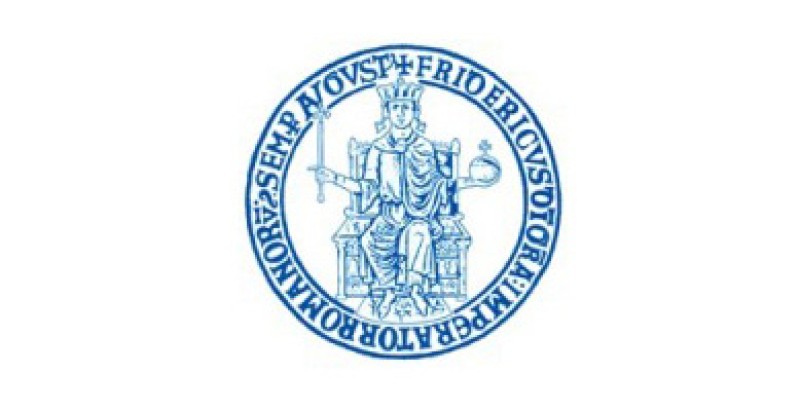Sub-theme 39: The Power of Creativity
Call for Papers
Creative ideas have the power to transform business ventures. Research and anecdotes of effective business projects
increasingly have provided evidence that creativity can play a crucial role in contributing to a company's success (e.g. Pixar,
Alessi, Ferrari, Armani). In addition, creative competencies influence the power of individuals within and outside the organizations
(e.g. Alexander McQueen with his rise within Givenchy and in the fashion industry). In this way, creativity acts as a desirable
force, as a differentiator, such that it is valuable, important and not easily attained by all.
Alternatively,
creativity is influenced by formal and informal power. Empirical studies suggest that hierarchical control inhibits organizational
creativity, whereas other studies suggest that efforts to give employees more control over resources, and to provide additional
enrichment and autonomy facilitate creative initiatives (e.g. Continuum, IDEO, Google, 3M). Thus, creativity is not only a
force for power but is affected by formal and informal power as well.
Relationships, as potential sources of
informal power, also matter. Research evidence highlights that creativity essentially involves collective processes where
collaboration and coordination dynamics as well as team routines matter (Hargadon & Bechky, 2006). Within teams, informal
hierarchies and status differences can affect various types of conflict and team functioning.
In addition, social
network within and outside of the firm profoundly affect the creative performance of individuals as well as the organization
as a whole (e.g., Perry-Smith & Shalley, 2003). Employees can leverage the power of informal relationships by building
both strong ties and weak links that are important for creative processes. In the same way, relationships between workers
and powerful others, such as supervisors and leaders, also matters. Transformative leadership and a supportive managerial
style or behaviors enhances followers' creativity. Formal and informal power, however, may not only act as a positive force
for creativity. Power can also create internal conflicts, dissonance, and stress thus having controversial effects on creativity.
The power dynamic can increase creativity in so far as it supports lateral thinking and diverging. Whereas it can constrain
idea generation and implementation, when it creates a distraction from the work at hand and potentially de-motivates (Shalley,
2004).
Contributors of the sub-theme are encouraged to discuss alternative perspectives about how power dimensions
can challenge the creativity domain:
- What is the role of power in fostering and inhibiting creativity?
- How does creativity function as a force for power?
- How does creativity hinder or enhance the creativity of individuals, teams, or organizations?
Rigorous conceptual and empirical research with relevance to organizational
settings is called for. Papers submitted may include, but are not restricted to, the following themes:
Power
in creativity
- Power relationship in creativity
- Hierarchy, formal or informal power
- Creative process, influence and leadership
- Creativity and roles in social networks
- The power of creatives
- Organizational design in the shadow of creativity
Power of creativity
- Creativity and organizational performance
- Creative teams and innovation
- Co-creation, unexpected creativity and open innovation
- Creative momentum and creative process
- The dark power of creativity
References
- Hargadon, A.B., & Bechky, B.A. (2006): "When Collections of Creatives Become Creative Collectives: A Field Study of Problem Solving at Work." Organization Science, 17 (4), 484–500.
- Perry-Smith, J.E., & Shalley, C.E. (2003): "The Social Side of Creativity: A Static and Dynamic Social Network Perspective." Academy of Management Review, 28 (1), 89–107.
- Shalley, C.E., Zhou, J., & Oldham, G.R. (2004): "The Effects of Personal and Contextual Characteristics on Creativity: Where Should We Go from Here?" Journal of Management, 30 (6), 933–958.


